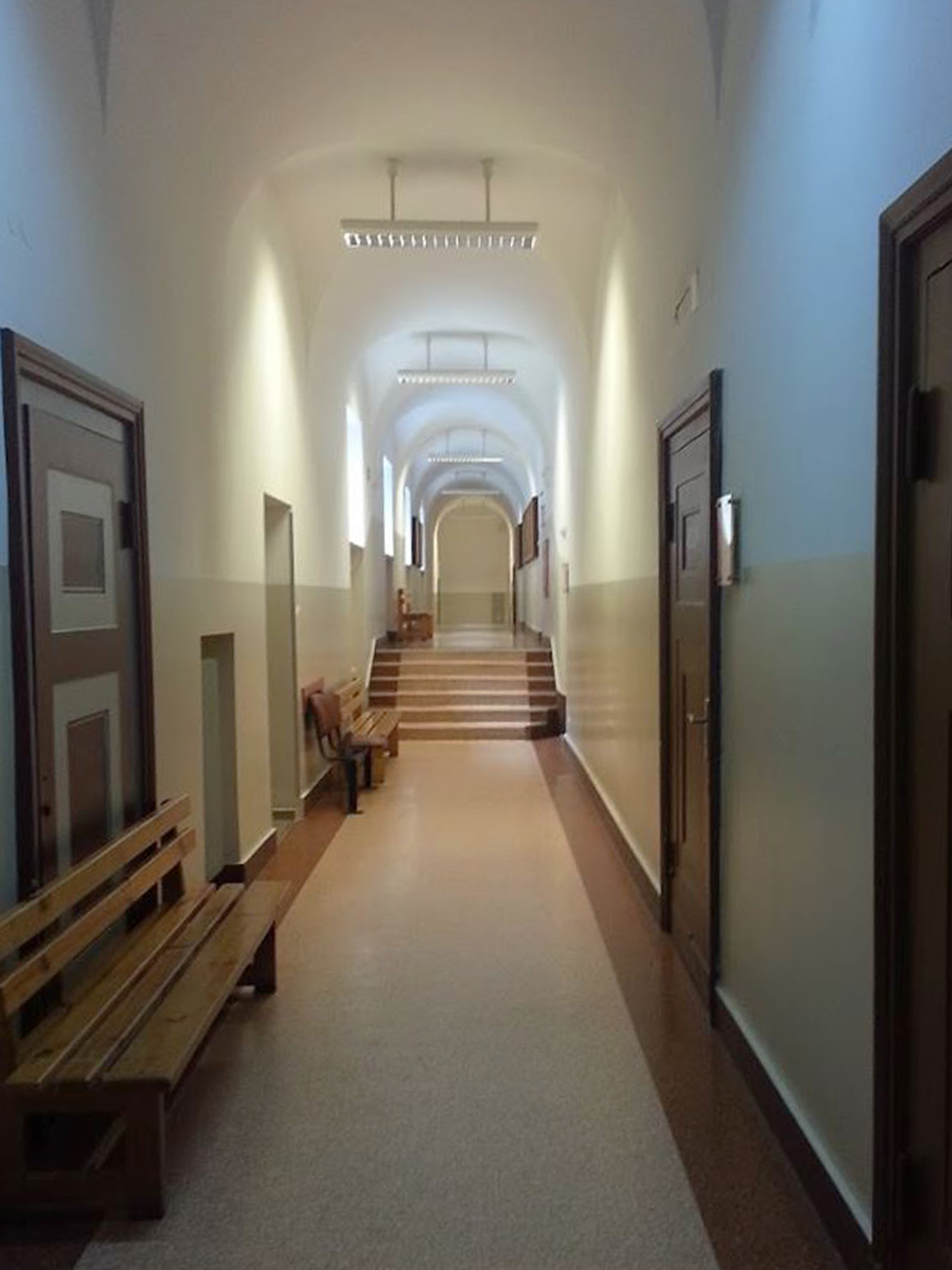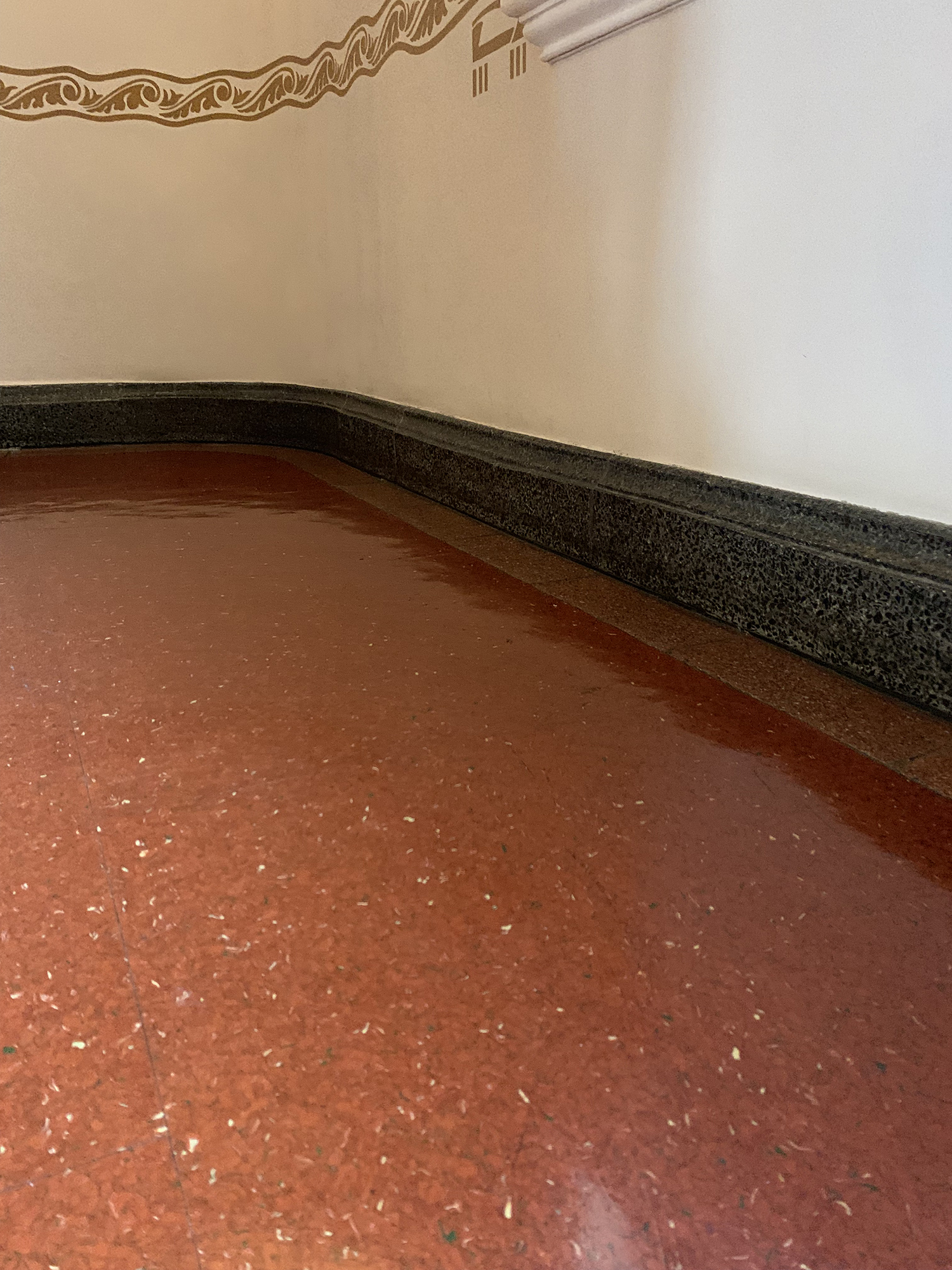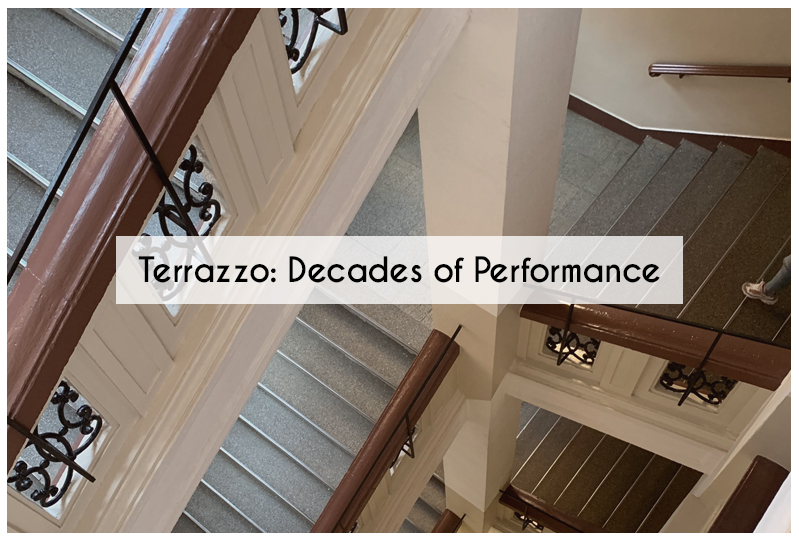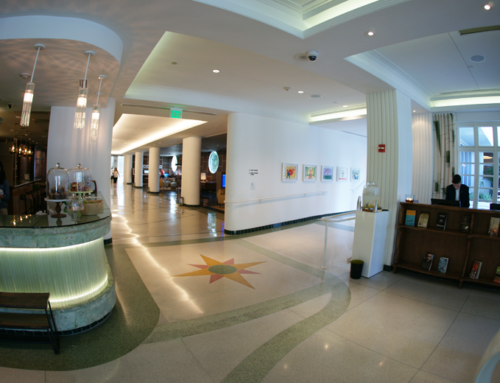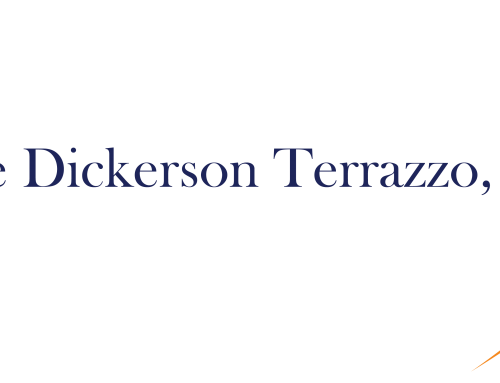Overview of Terrazzo
Through the years terrazzo has been a versatile building material known for its durability, design and low maintenance, and is used to design decorative flooring systems, walls, and other applications. Terrazzo is divided into two categories: epoxy terrazzo and cementitious terrazzo, both durable surfaces.
Terrazzo gets its roots in Italy during the 15th century. It is a composite material made from chips of marble, glass, granite and other decorative stones that is mixed into a cement or epoxy binder, and then ground and polished.
Terrazzo has seen its fair share of usage over the last century. It gained popularity in the United States in the 1920s with new advancements in grinding machines and divider strips making installations faster and easier to install. While terrazzo is present in many buildings today, the building material has experienced a reemergence in today’s green construction projects for its sustainable features and is a trend among interior designers.
Durability of Terrazzo
To this date, terrazzo continues to excel in durability and low maintenance. In fact, terrazzo often lasts longer than the life of a building. Buildings built nearly 100 years ago still have terrazzo floors that remain in good condition.
Because terrazzo floors are built to last, they have a low lifecycle cost compared to traditional flooring systems. Many older buildings with terrazzo can restore the floor to its original brilliance at a fraction of a cost of replacing the finish.
Not to mention that epoxy terrazzo has revolutionized the terrazzo industry with its lighter weight and thinner size but at a higher strength. Factor this along with its range of customization and eco-friendly results, no wonder airports, school, and hospitals are finding incredible value in terrazzo.
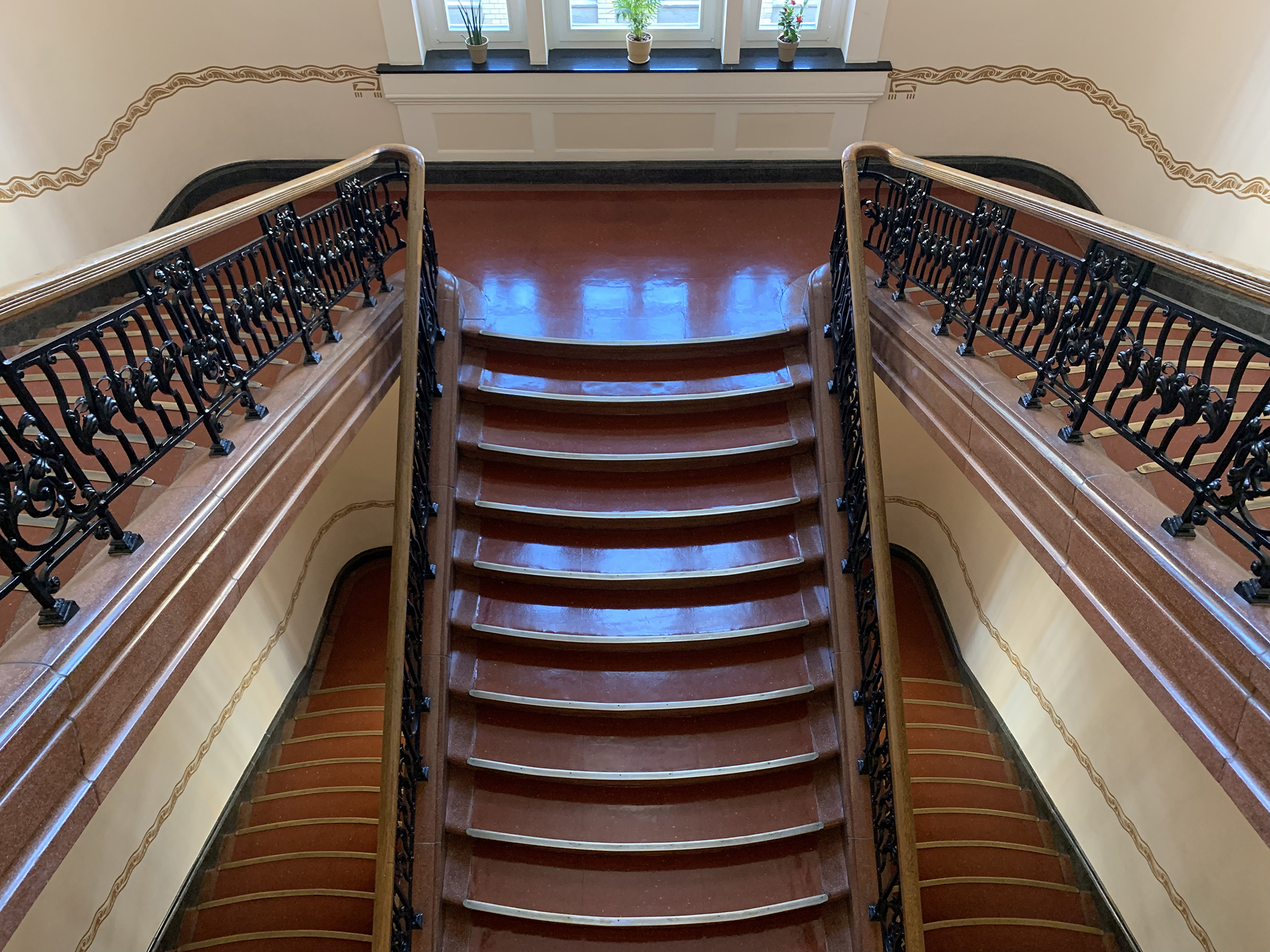
Case Study: Decades of Performance
Can you think of any location in your city that has terrazzo? If so, is it still in good condition? For many installers throughout the century, terrazzo is a joy to work with. For spectators, it’s impressive to see the designs over the years.
Before he was the CEO of Doyle Dickerson Terrazzo, Peter Mielcarek attended Akademia Morska w Szczecinie AKA The Maritime University of Szczecin in Poland. Like The Maritime University of Szczecin, you’ll see many schools using terrazzo. Our CEO shares his experience returning to his university in Poland.
The Maritime University of Szczecin was established in 1947. You’ll notice terrazzo through the building. The floors, the stairs, and the columns are made from terrazzo, and still look good as the day they were installed.
